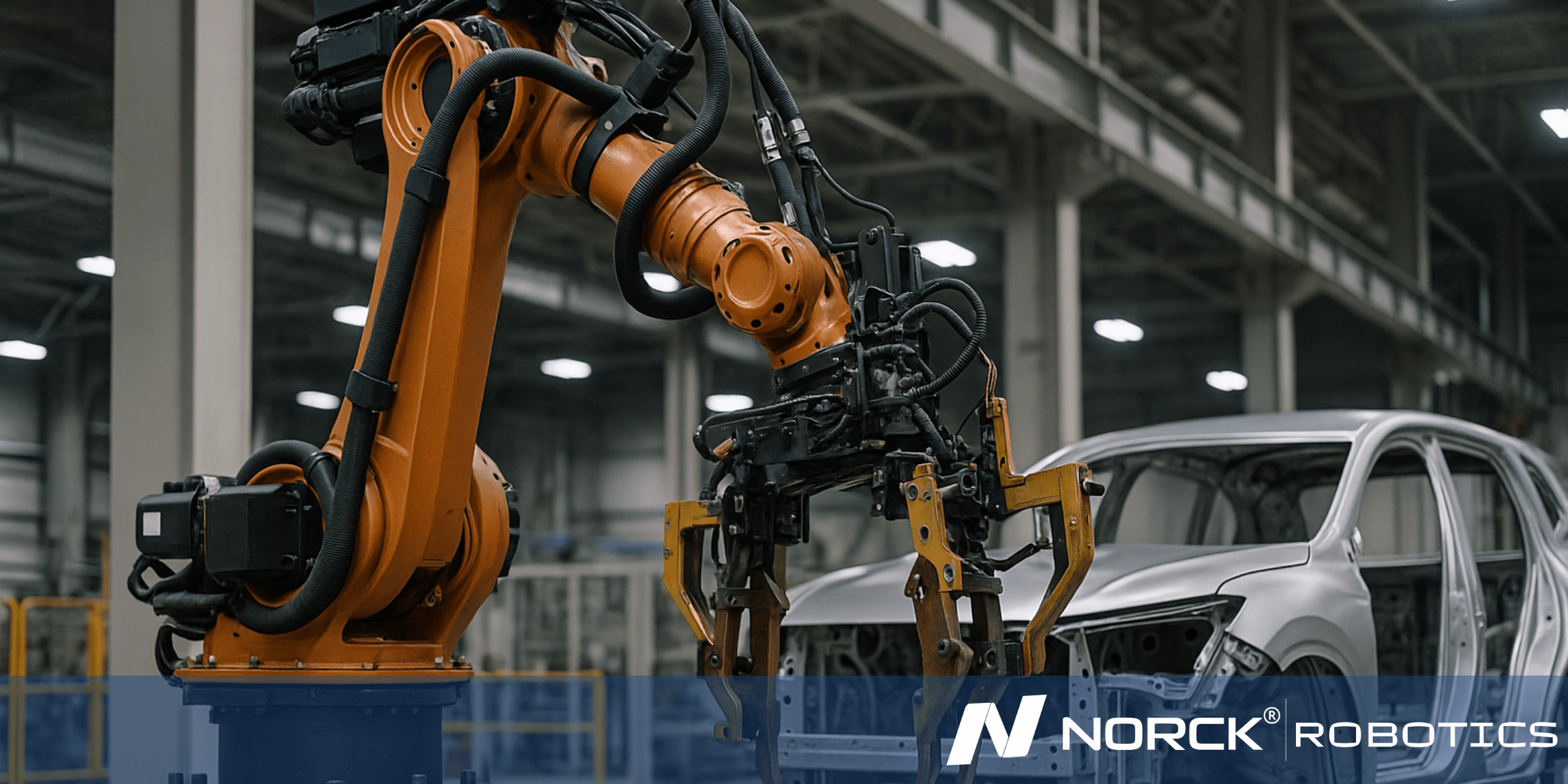
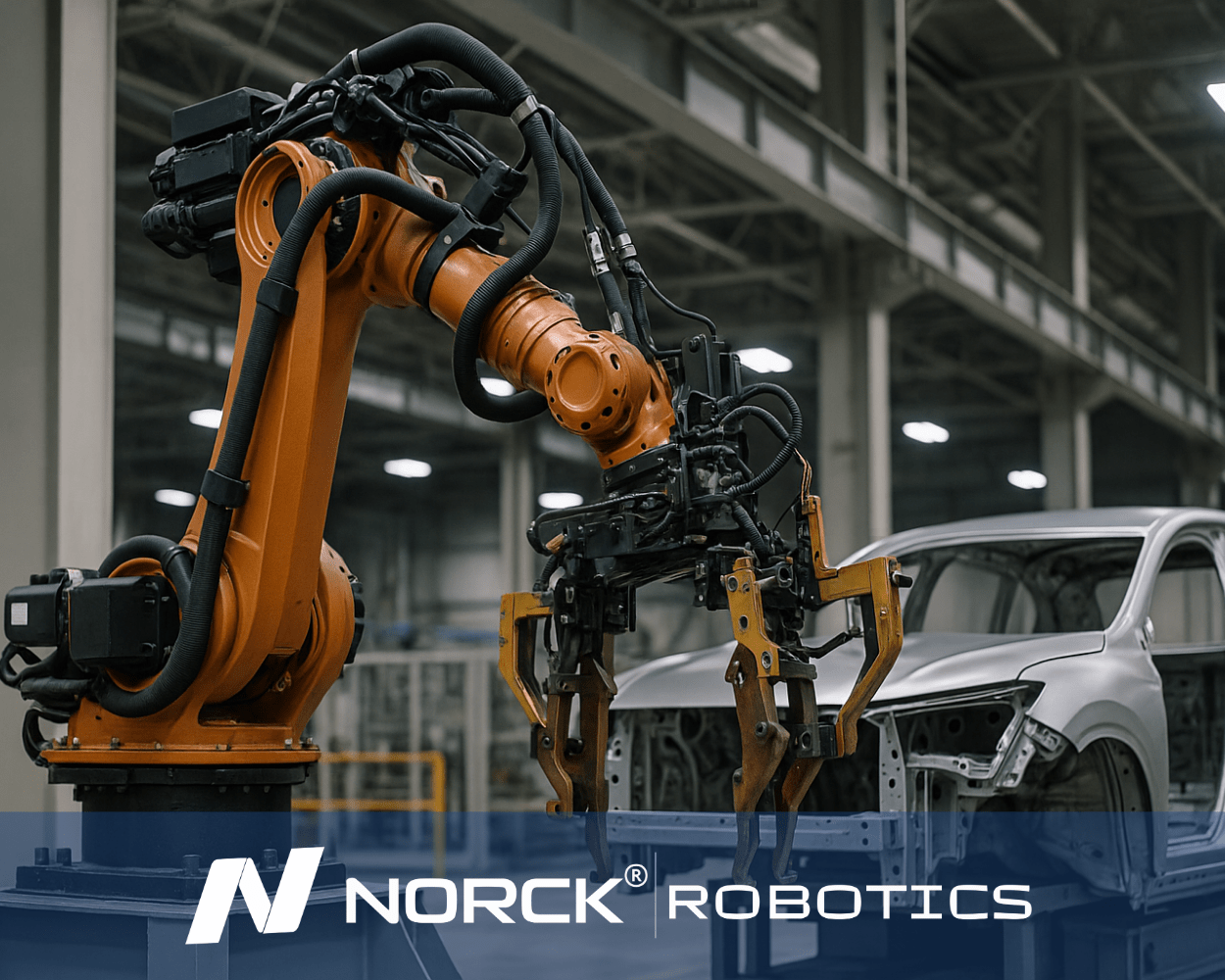
Detail: The automotive industry often employs large, high-payload industrial robots capable of handling heavy components like engine blocks or entire car bodies. The supporting structures, bases, and fixtures must also be robustly designed (often using steel) to withstand the forces and vibrations generated during high-speed, heavy-load operations.
Ready to automate your future? Get a quote from Norck Robotics now!
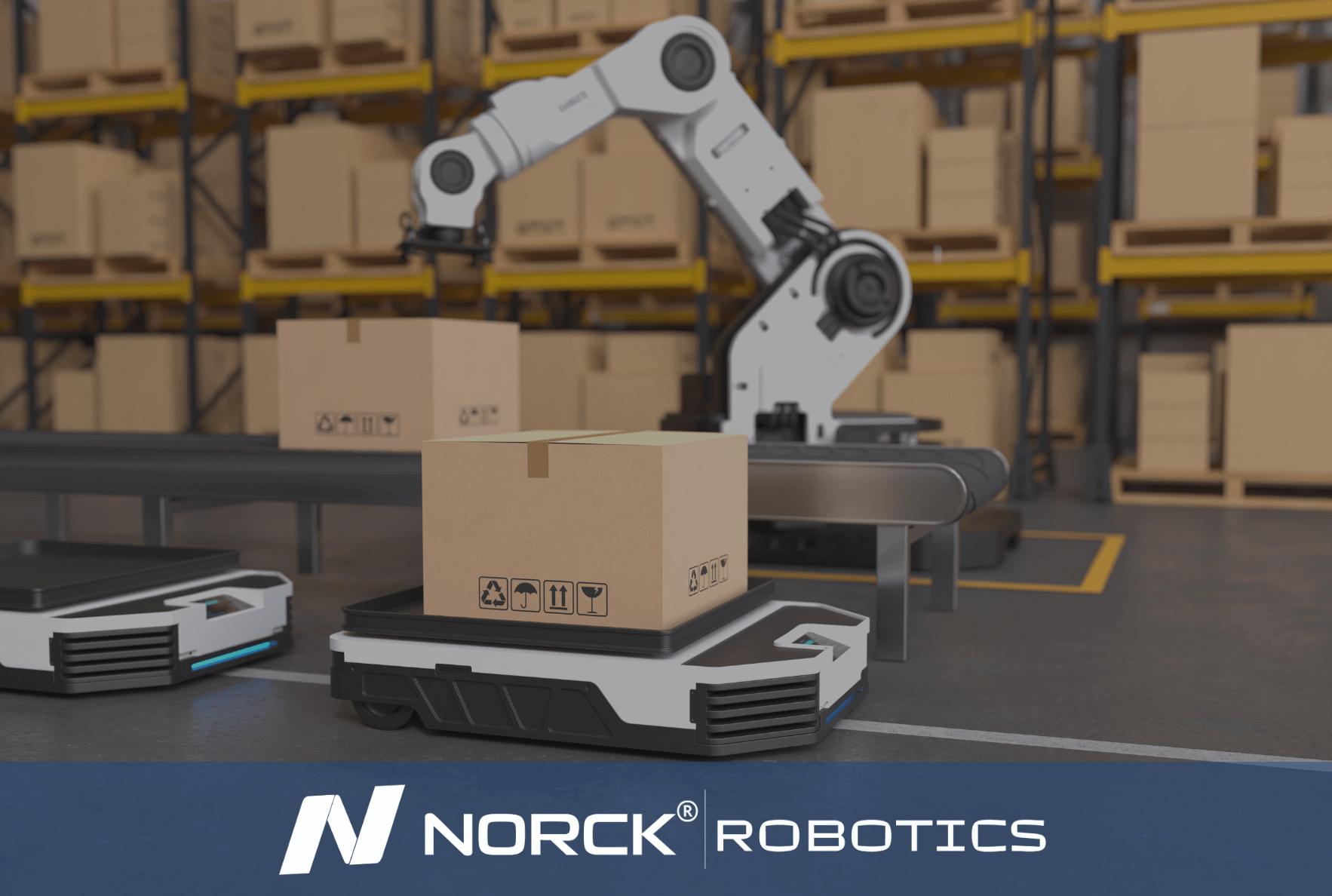
Norck Robotics specializes in providing unique robotic automation and engineering solutions designed to meet the specific operational needs of each client. Our expertise covers a wide range of industries and applications.
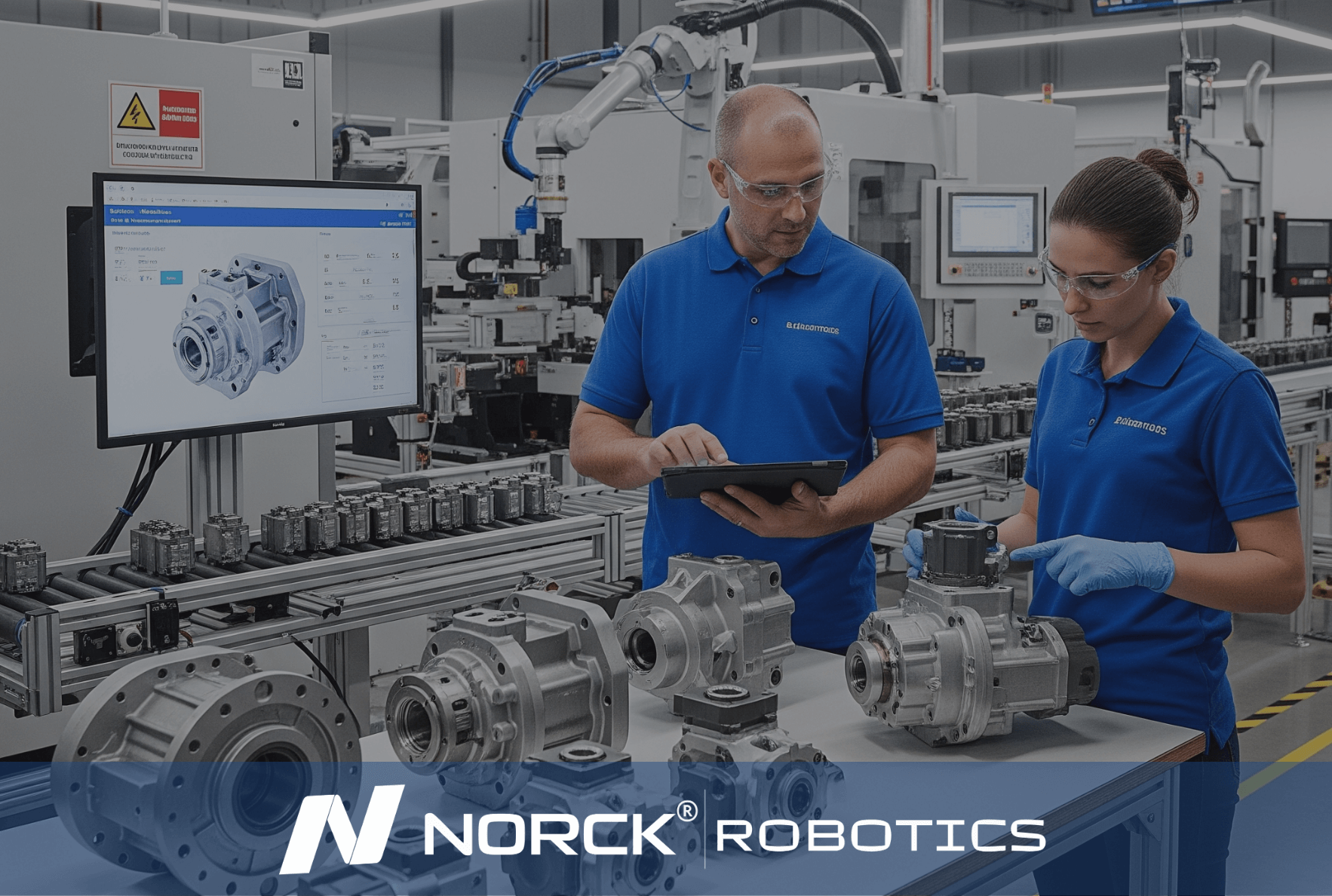
Norck Robotics delivers turnkey robotic automation and engineering solutions tailored to your specific needs across various industries.

Whether you need a single robotic cell prototype or full-scale factory automation, Norck Robotics engineers are ready to collaborate with you to bring your concept to life.
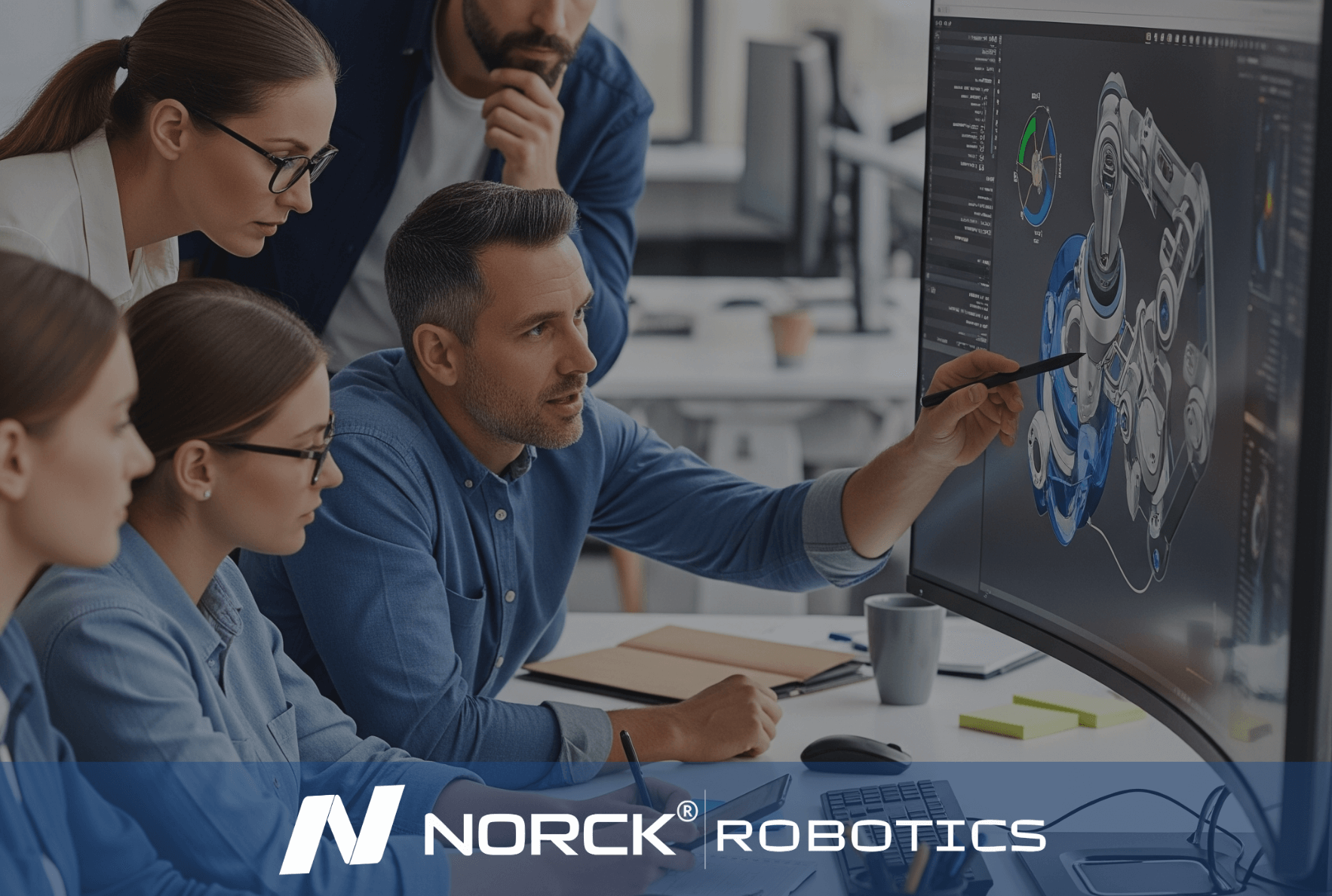
Norck Robotics engineers analyze your existing processes to provide feedback that enhances efficiency, cost-effectiveness, and productivity for robotic integration.
High-payload, heavy-duty robots are typically deployed in automotive production systems due to their ability to manipulate larger, heavier components (e.g., engine blocks, vehicle frames, and entire assemblies). These robots enable fast-cycle production operations where weight and repeatability are of primary importance since both criteria could be barriers to entry for continued implementation. These robots streamline throughput and eliminate manual labor, reducing injury risk among heavy lifting or assembly activities.
Making them ideal for handling large automotive components such as chassis, engines, and structure.
Allowing operation at high frequency without sacrificing the level of accuracy.
Automating repetitive heavy-lifting applications that would otherwise require two or more people.
Where structural alignment is critical and weight can be a factor.
Customized with tool changers or grippers specific to common automotive components.
Designing structural bases and fixtures for large heavy-duty robots found in automotive manufacturing requires special engineering to ensure stability, precision, and durability. The structures must be designed to absorb the high dynamic loads, meet all the challenges of vibrating, lightweight static, and dynamic loads applied to the design due to high payload transfer and repetitive motion without deforming or changing alignment. The stability ensures it can operate correctly and, where precision work is essential, maintain accuracy and repeatability.
Heavy-duty steel or reinforced materials suitable for high static and dynamic loads.
Robust base support or rigid reinforcement with a vibration damping system is designed to absorb all vibrations from robotic rapid travel.
The mounting surfaces are machined to tolerances to ensure accurate positioning of the robot, and consistency when doing individual tool paths.
Fixtures must be anchored securely to the factory floor and they may require custom reinforcements to add stability.
Designed with modularity to accommodate tool changes, future upgrades, or future variation to line configurations.

In addition to its own expert engineering team, Norck Robotics provides access to a network of hundreds of top-tier system integrators, robot manufacturers, and component suppliers across the United States, Germany, and Europe.

Working with Norck Robotics reduces dependency on manual labor, increases production consistency, and secures your operations against unforeseen disruptions, quality issues, and fluctuations. This enhances your company's supply chain resilience.
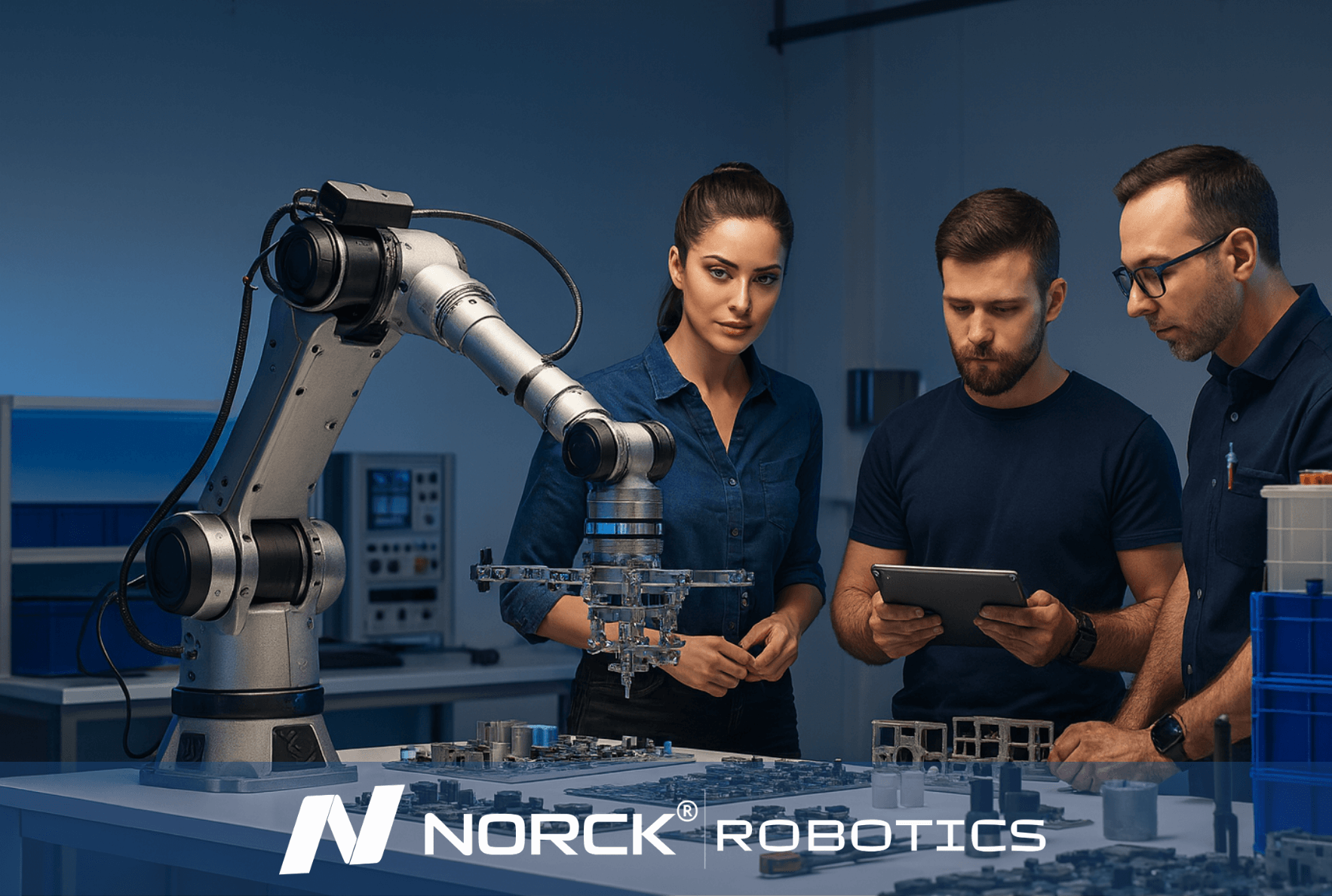
Norck Robotics advances digital automation by developing custom-designed robot grippers, advanced vision systems, and innovative simulation software. With an AI-driven, data-centric approach, it enables smarter system design, optimal performance, and predictive maintenance solutions.
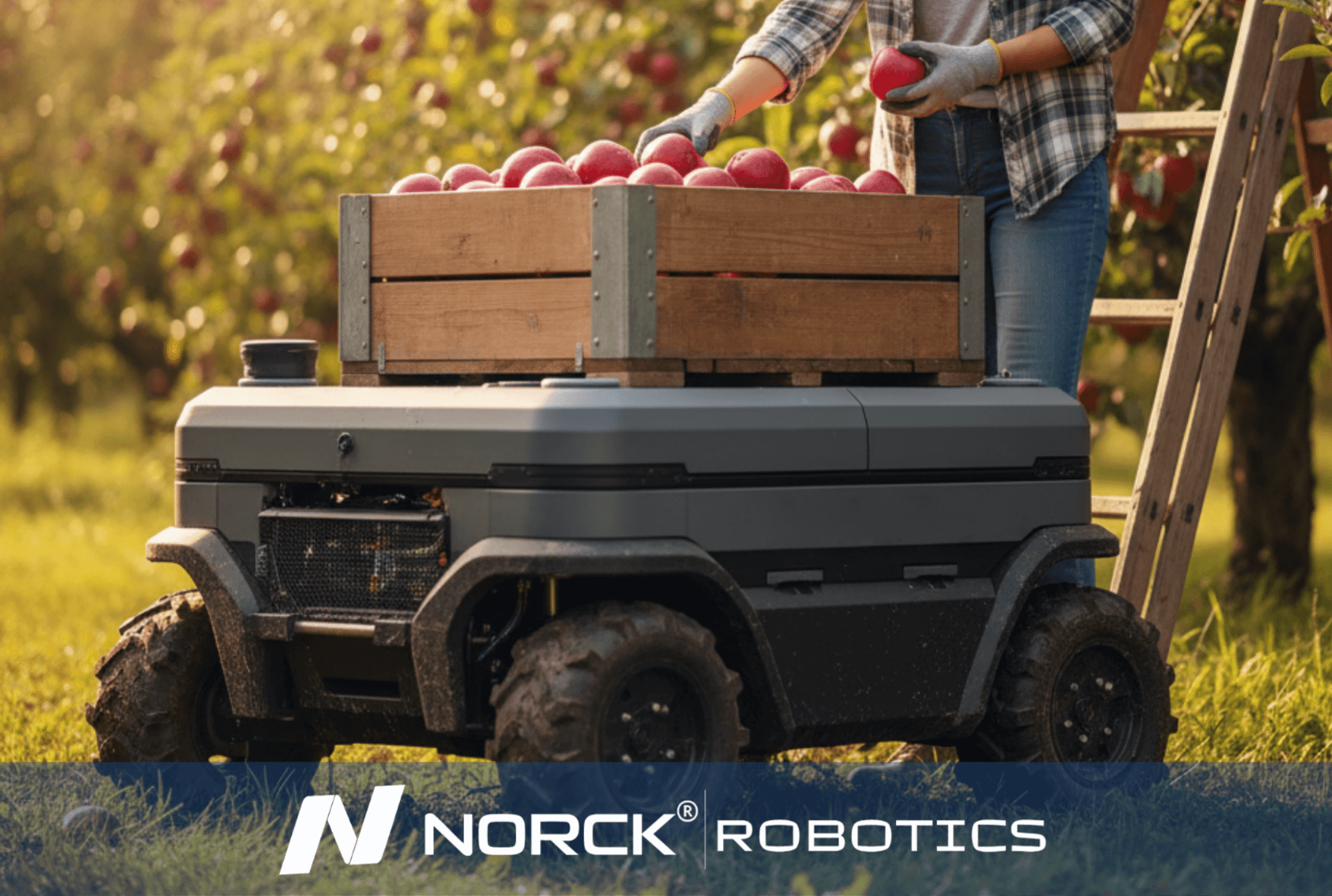
Norck Robotics encourages its partners to be carbon-neutral by reducing energy consumption and material waste through the efficiency of robotic automation, and prioritizes environmentally conscious suppliers.